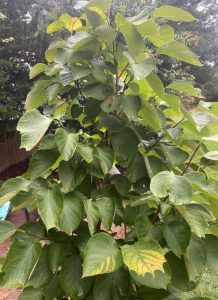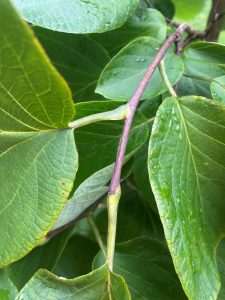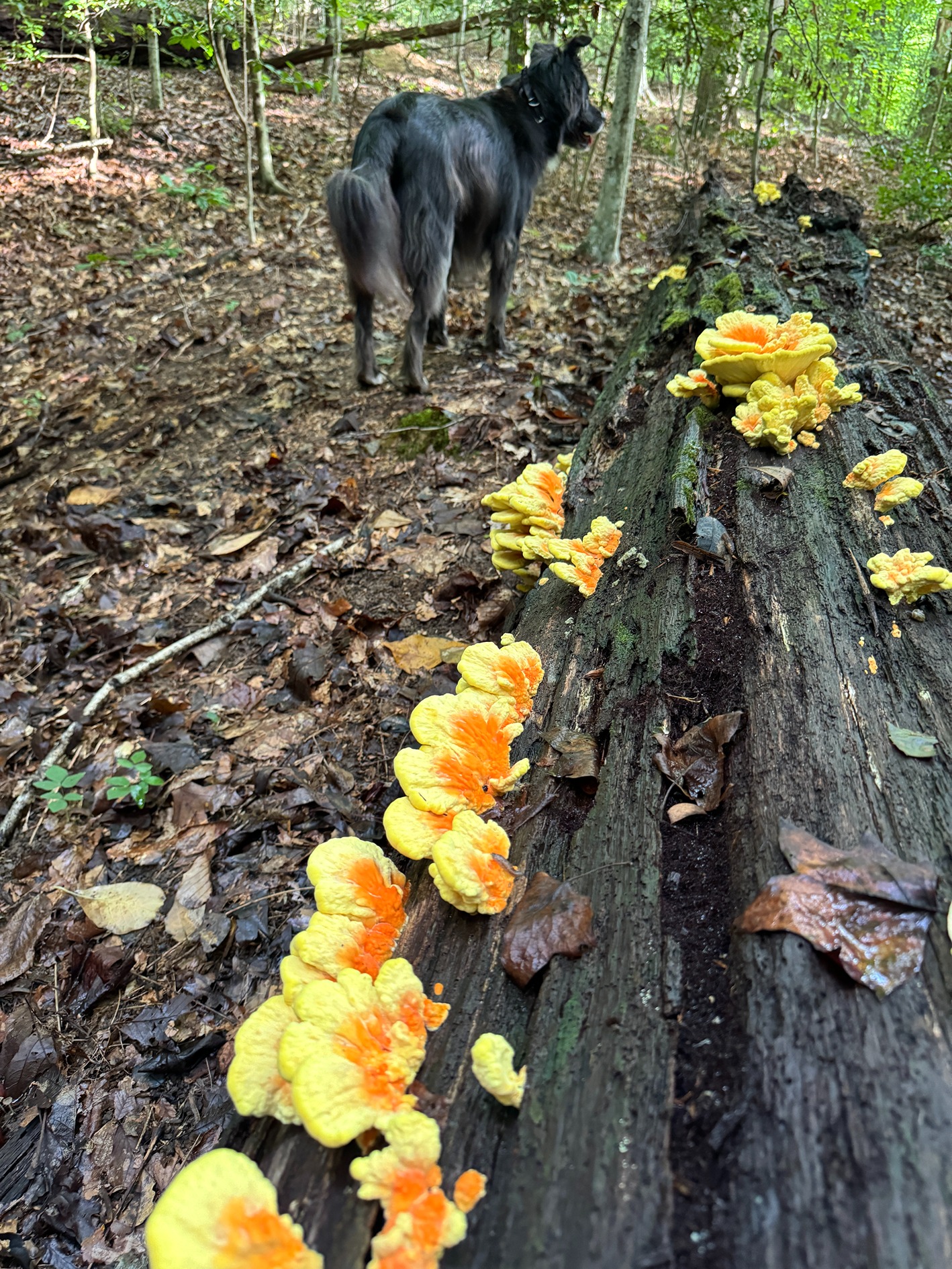
It’s happened to most of us. You are walking through your neighborhood or the woods and come across a plant that you really like or have never seen before. You want to figure out what it is — but how? Most of us have a camera in our pocket and nearly instant access to the internet, but if you don’t know where to start, none of that will help you. I came across this very issue on a client’s property last month with a small tree that I could not identify to save my life. I went down a long circuitous route to find the answer, and even that almost failed. So where do you begin?


First and foremost, you need to determine if it is a woody plant or an herbaceous plant, as they are very different. Being able to tell the difference greatly improves you odds of identifying the plant. I will focus only on woody plants – my expertise – but many of these simple tactics will work with herbaceous plants as well. Just know that a “woody plant” is a perennial plant that continues to grow from the previous year’s growth and does not die back to the ground every year in the winter. This would be nearly all of the plants that we could consider trees and shrubs in our region. Once you are sure you have a woody plant, the fun can begin.
If you are in a natural habitat such as the woods or a local park, it is likely that you are dealing with a native plant. In a situation such as this, it may be as simple as using a native plant field guide or a dichotomous key to help you to figure out the genus and species. A dichotomous key is very similar to the old choose-your-own-story books, where you make a selection and the book takes you to a different page to continue your story – or in this case, your search. Virginia Commonwealth University (VCU) has a very helpful and easily-to-use dichotomous key (http://online.vcu.edu/
Now things get harder when you start talking about landscape plants, as they can be from nearly anywhere in the world. You’ll often find yourself looking at a hybrid or cultivar that isn’t a naturally occurring plant. This is when the real digging starts. First, make sure you have good photos of the plants, since your search can continue long past the time you first see the plant. Be sure to always include the following items if present:
- plant as a whole,
- leaf and branch arrangement (alternate vs. opposite),
- leaf size and shape,
- bark on the stem and branches,
- leaf and flower buds,
- and if you are really lucky, flowers and fruit.
All of these will greatly improve the chance of success.

So you have photos – now what? Well, give the dichotomous key a quick try just to see if it helps, and that will likely give you a lot of terms that can help you better describe the plant. If that doesn’t work, it’s time to let technology give you a hand.
First, there are tons of apps out there now that are not too bad at identifying plants. Virginia Tech has a handy ID App (https://dendro.cnre.vt.edu/
You can also utilize Google and/or your IPhone to perform an image search based on the photos you took. With Google, you can simply drag a copy of your photo into the search bar of Google (or Google Lens) and let the algorithms take it from there.

During my investigations into my mystery tree last month, I sent photos to several local nurseries, some of the best Arborists and Master Arborist I know, and even the director of a highly respected botanical garden. I was still left with no answers after almost one week. I was convinced I had come across an unidentifiable plant, and finding the answer became my quest over that week. Little did I know that all I had to do was give the photo to Peter G in our office, and he would have the answer from Google in a matter of minutes. I had put a lot of work into identifying this plant and tapped into some of the best minds I could find, yet technology was able to solve it. In case you are wondering about the plant, you can check out my Tree ID.
If all else fails, give your favorite arborist or nursery person a call to see if they might be of some help, but give technology a try! It seems that it is getting better all of the time, and can even outdo some of the best minds you can tap into.





